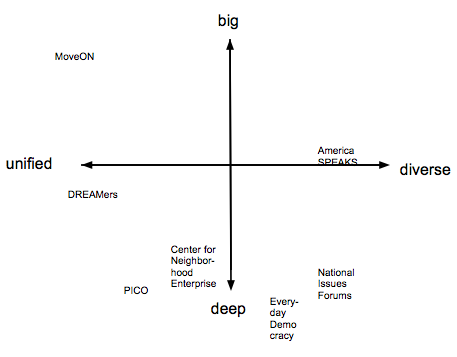- Facebook288
- Total 288
In Chicago, 17-year-olds were permitted to vote in the March primary election. Chicago is a hotbed of excellent youth civic engagement groups, and they came together to register high school students and encourage them to vote. In the coalition were frequent partners of ours, including the Constitutional Rights Foundation Chicago and the Mikva Challenge. The result of their work–and students’ own enthusiasm–was a youth turnout rate of 15%. That doesn’t sound very impressive until you learn that students beat their elders in a low-turnout primary. The same thing happened in Takoma Park, MD last year.
I have advocated lowering the voting age to 17, and our Commission on Youth Voting and Civic Knowledge recommends considering that policy. While kids are still in school, they can be taught about the voting process and the governmental system before they vote. Most are still at home at 17 and connected to family and neighborhood networks that encourage voting. A year later, many have moved away for the first time into age-segregated youth zones–college dorms or apartments populated by young workers–where turnout is low. This matters because voting is habitual. Mark Franklin even argues that making 18 the age of eligibility permanently lowered turnout in many industrialized democracies. I certainly wouldn’t raise the age, but I would strongly consider lowering it by one year.
